
Lake Tanganyika, one of a group of lakes in the Eastern Africa Rift Valley, is the longest freshwater lake in the world (440 miles / 708 km); it is narrow (50 miles / 80 km) and one of the deepest in parts (almost a mile at 4,800 feet/1,470 meters). The lake, which is bordered by Tanzania, Burundi, Congo and Zambia, has a varied coastline with bordering rocky cliffs to sand shores. In the 10 million years or so of its isolated existence, a large number of endemic fish have evolved so that today, there are more than 200 species of fish described from Lake Tanganyika, the majority of which are cichlids. Additionally, most of these fish species in Lake Tanganyika are endemic, because only the River Lukuga flows out from the lake and only during very heavy rains.
The reason that so many different species of cichlids have evolved and are able to survive in Lake Tanganyika is because of the widely varied habitats in the lake. The six main habitats are the rocky shores, the surge habitat, the sandy bottom, the muddy bottom, the pelagic waters and the benthic waters. Each of these habitats has a range of cichlids that are able are able to utilize the different food sources that it offers and have also developed breeding strategies that fit in with the habitat. These differences have been utilized in my article, “A Lake Tanganyika Tank” (the article that accompanies this web supplement) to create four different habitats in the one aquarium to house Xenotilapia ochrogenys, Lamprologus ocellatus, Julidochromis transcriptus and Paracyprichromis nigripinnis. (See the June 2009 issue of Aquarium Fish International for the complete article).
Within the lake, a large number of species are tied to their locality. Take, for example, Xenotilapia ochrogenys that occurs in shoals through out the sandy shallows of Lake Tanganyika, from Burundi in the north through Tanzania on the east, Zambia in the south and Congo on the west. The sandy shallows are not a continuous habitat around the lake but rather occur in sections isolated from each other by rocky shores, surge habitat or muddy bottoms that are not suitable habitats for X. ochrogenys. Because of the vastness of the lake, these species of cichlids are not able to travel between distant sandy sections. Because of this, populations are isolated, giving rise to different color morphs, which in time could develop into new species. Hence, X. ochrogenys from Ndole Bay in the south have a cream-colored body with narrow yellow horizontal stripes and large black spots along the lateral line. On the other hand, those from Burundi in the north do not have the black spots.
Similarly with Lamprologus ocellatus that are tied to Neothauma shell that they live in, one variety has a brown dorsal area with a gorgeous metallic blue iridescent lower body and pale translucent brown fins. In the gold variant originating from Nkamba Bay, Zambia, the dorsal area has a golden sheen. Other color morphs are also known. Julidochromis transcriptus variants showing several color and pattern variations also occur at different locations in the lake, such as J. transcriptus Bemba and J. transcriptus Gombi. On the other hand, Paracyprichromis nigripinnis, which is a gregarious cichlid that forms schools of several hundred fish that live in the open waters that know no boundaries, color variants are not likely to exist and have not been reported.
The aquarium described in the June 2009 issue of Aquarium Fish International brings four different Tanganyikan cichlid species and four different habitats together. Creating such an aquarium gives hobbyists a chance to enjoy various cichlid behaviors that are not affected by the color variant of the cichlid they are able to obtain.
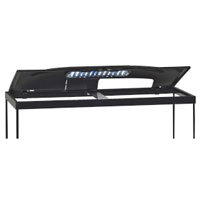 Time To Upgrade Your Aquarium Lights?
Several years ago, a new type of light fixture first appeare
Time To Upgrade Your Aquarium Lights?
Several years ago, a new type of light fixture first appeare
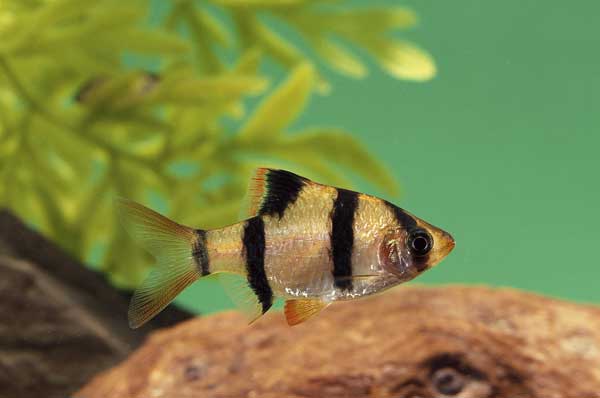 5 Great Freshwater Aquarium Fish
You have your aquarium all set up. The filter has been on fo
5 Great Freshwater Aquarium Fish
You have your aquarium all set up. The filter has been on fo
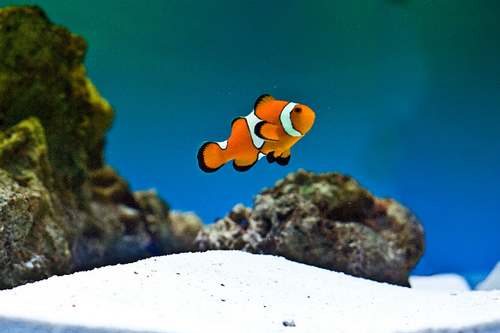 How to Set Up a Fish Tank
As with many things in life, one person’s definition of idea
How to Set Up a Fish Tank
As with many things in life, one person’s definition of idea
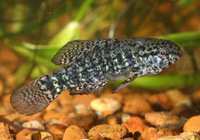 Pygmy Sunfish
With this installment of Conservation Corner, I thought Id t
Pygmy Sunfish
With this installment of Conservation Corner, I thought Id t
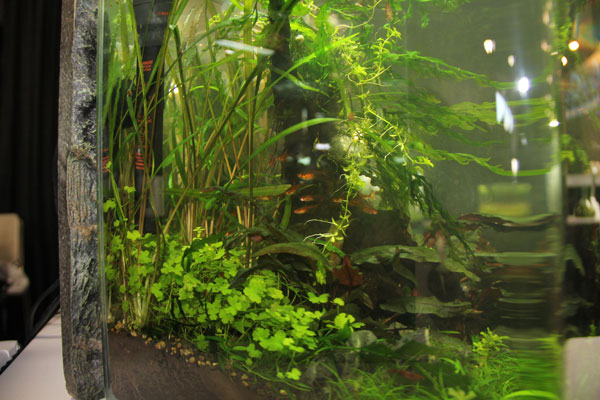 Innovations in the Aquarium Hobby
Fishkeeping has experienced a lot of progress throughout the
Innovations in the Aquarium Hobby
Fishkeeping has experienced a lot of progress throughout the
Copyright © 2005-2016 Pet Information All Rights Reserved
Contact us: www162date@outlook.com